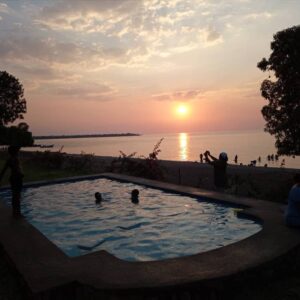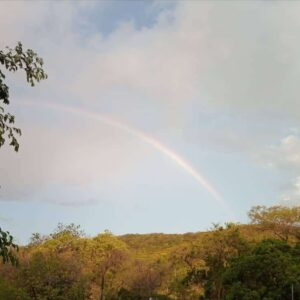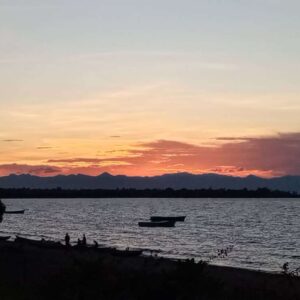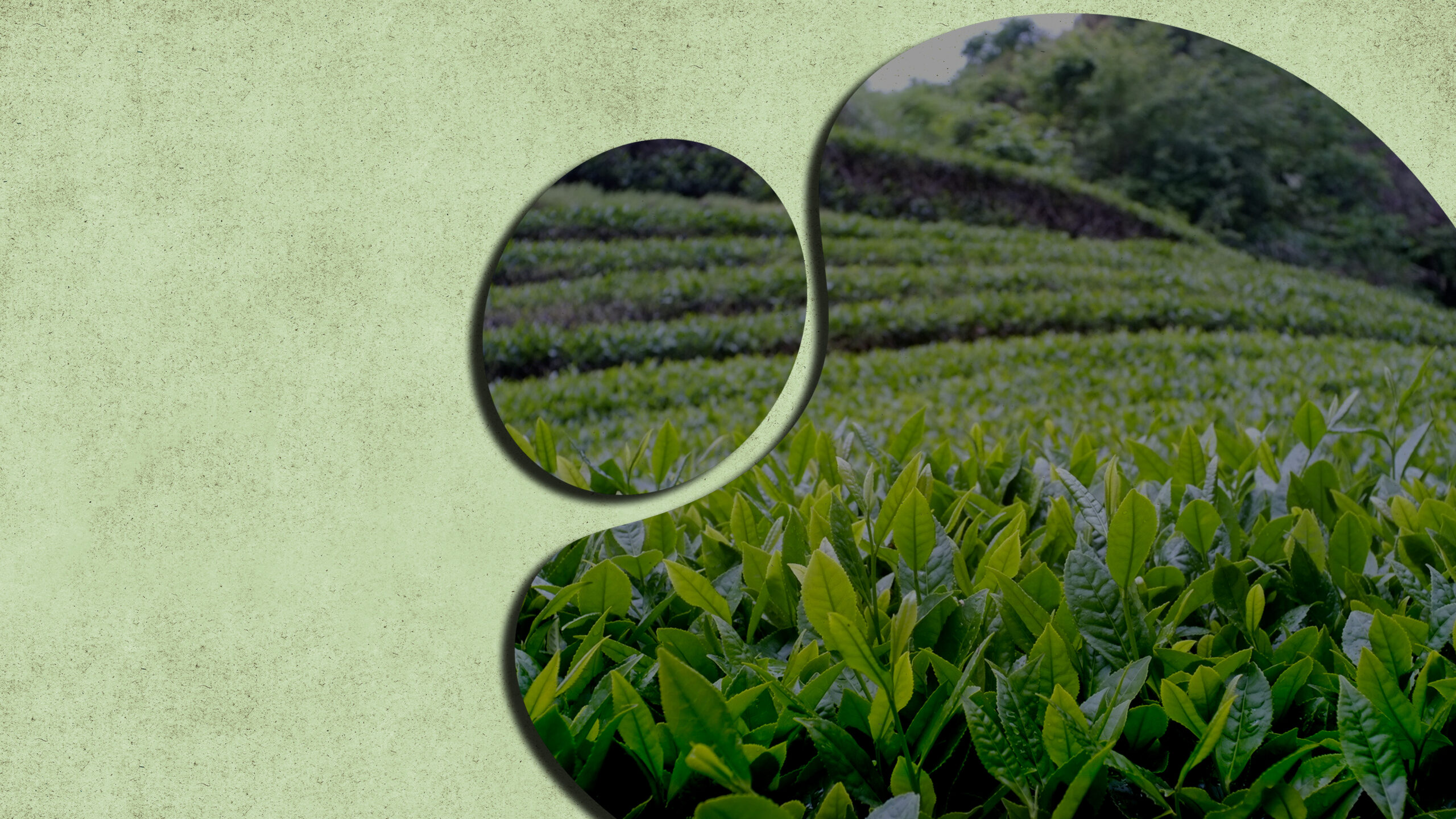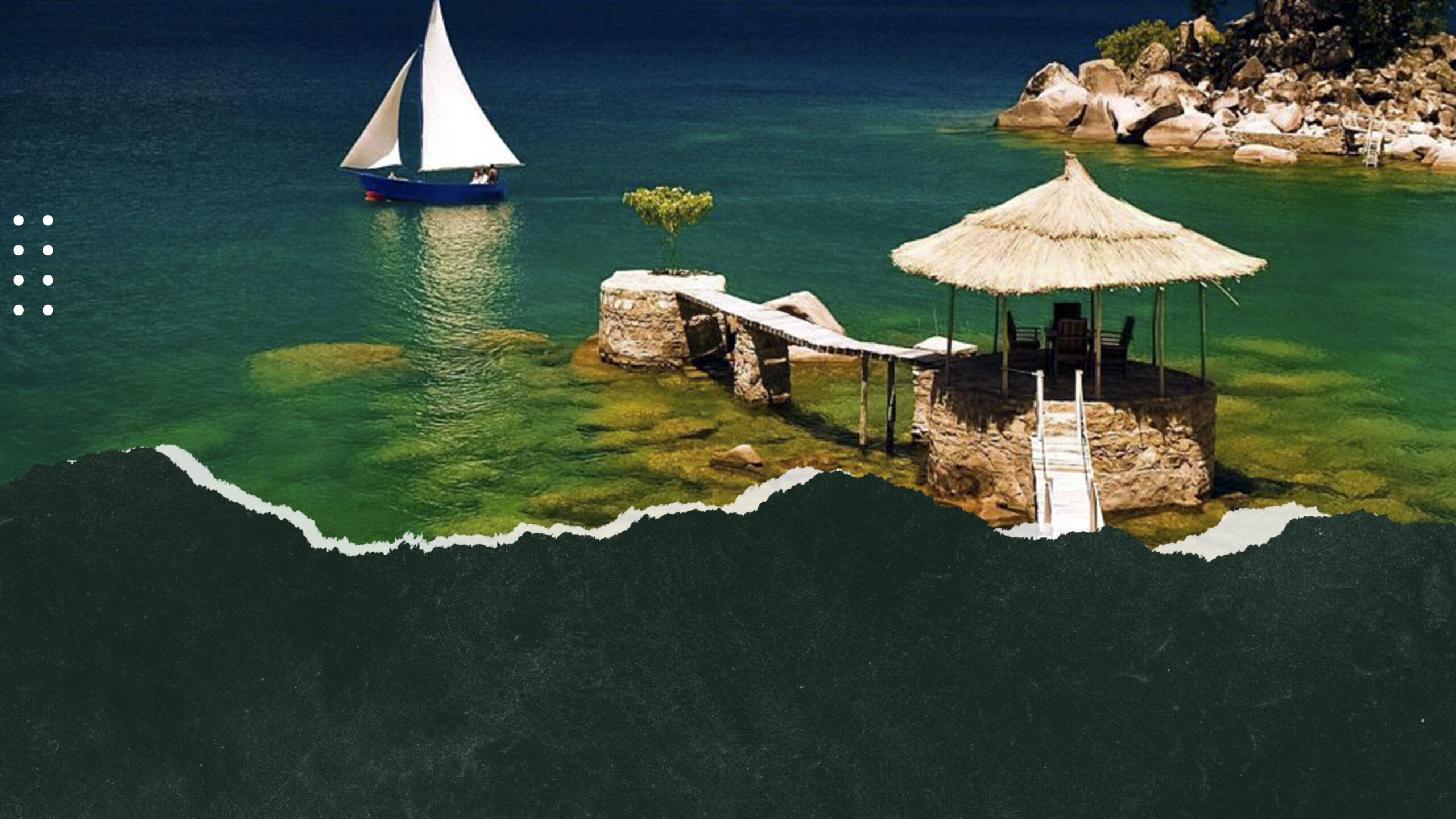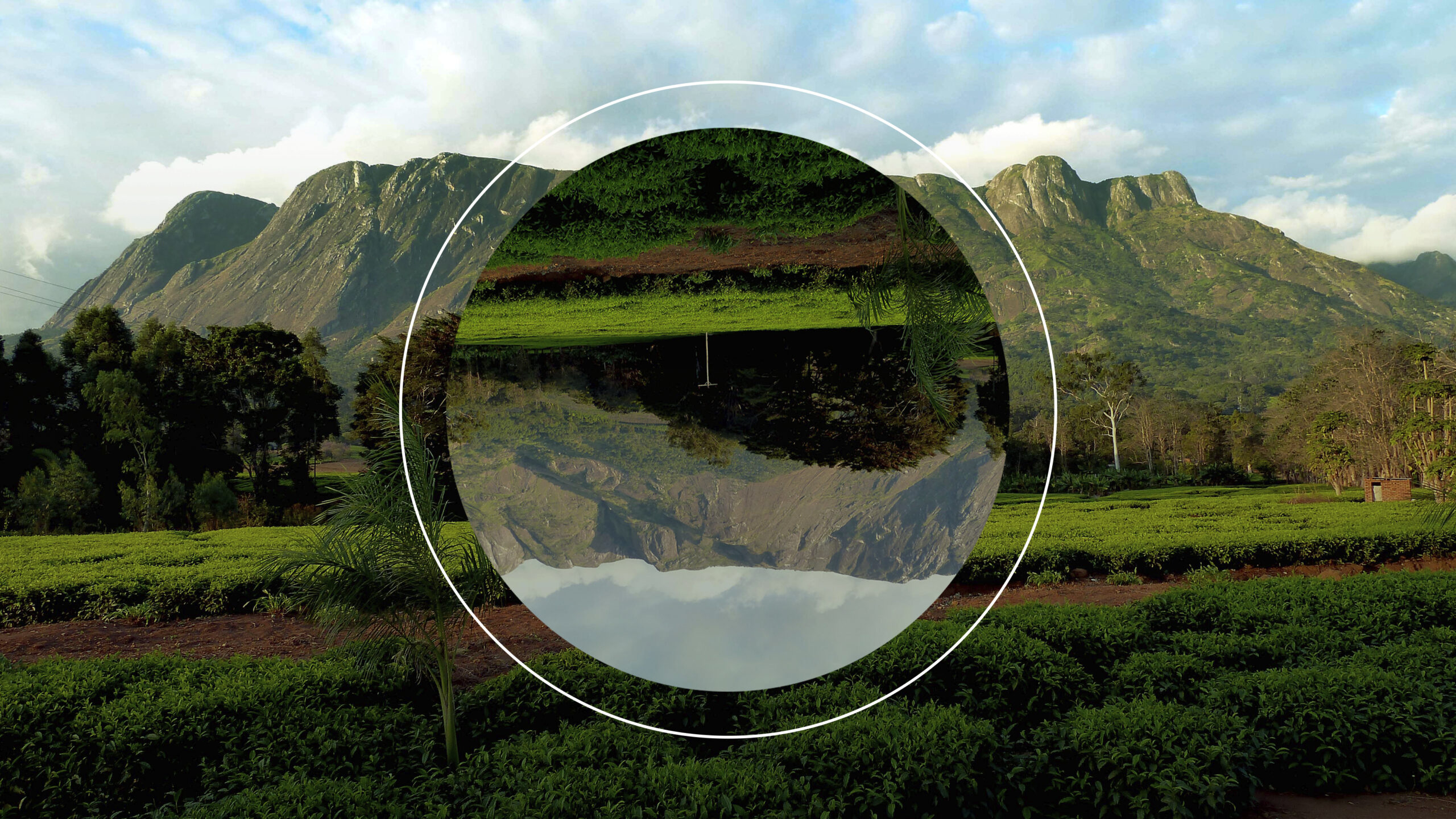Mulanje
DISTRICTS - SOUTH - MULANJE
- DISTRICTS
- NORTH – CHITIPA
- NORTH – KARONGA
- NORTH – LIKOMA
- NORTH – MZIMBA
- NORTH – MZUZU
- NORTH – NKHATA BAY
- NORTH – RUMPHI
- CENTRAL – DEDZA
- CENTRAL – DOWA
- CENTRAL – KASUNGU
- CENTRAL- LILONGWE
- CENTRAL-MCHINJI
- CENTRAL – NKHOTAKOTA
- CENTRAL – NTCHEU
- CENTRAL – NTCHISI
- CENTRAL – NTCHISI
- CENTRAL – SALIMA
- SOUTH – BALAKA
- SOUTH – BLANTYRE
- SOUTH – CHIKWAWA
- SOUTH – CHIRADZULA
- SOUTH – MACHINGA
- SOUTH – MANGOCHI
- SOUTH – MULANJE
- SOUTH – MWANZA
- SOUTH – NSANJE
- SOUTH – THYOLO
- SOUTH – PHOLOMBE
- SOUTH – ZOMBA
- SOUTH – NENO
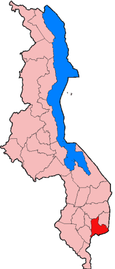
Towering above the Mozambican border east of Blantyre, Mulanje is the tallest mountain in south-central Africa, a rugged island in the sky that erupts in dramatic isolation from the gently undulating countryside of Mulanje, Phalombe and Thyolo districts. A granite outcrop of quite staggering proportions, the Mulanje Massif reaches a peak altitude of 3,002m, some 2km higher that the towns that stand at its base. The upper plateau, services by nine well-maintained huts, offers some of the most rewarding hiking opportunities in the country, while the peaks are renowned for their rock climbing.
Tourism to this part of Malawi is inevitably, and rightly, centred upon Mulanje, but the mountain also overlooks what is reputedly the oldest tea-growing area in Africa, centred on the small town of Thyolo midway between Mulanje and plantations, and interspersed with relict patches of indigenous forest – most famously, the biologically rich mahogany forest on the upper slopes of Thyolo Mountain, which lies within the privately owned but very accessible Satemwa tea Estate.
Mulanje Town
Sedate, spacious and green, the small trading centre of Mulanje, population 21,000, is one of the most picturesque towns in all of Malawi, set amidst tea estates at the southwest base of the towering Mulanje Massif. In touristic terms, Mulanje serves primarily as a springboard for hikes on the eponymous mountains, and it is well organised and well equipped in this regards, boasting a good selection of budget hotels and eateries, a helpful tourist office, and a local tour operator specialising in organising affordable climbs. In addition to being a hiking base, Mulanje is also gaining popularity with Blantyre residents for day visits to its restaurants and the nearby Likhubula Pools. The town is also an important gateway for overland travel to/from Mozambique, situated about 16km from the Muloza/Milanje border post at the southeast base of the Mulanje Massif.
Mulanje Town started life as Fort Anderson, one of thwo British forts built in the region to control the Yao slave trade to Mozambique via the fort Lister Gap. The original Fort Anderson was actually built in 1893 about 20km away from the present-day town, but it was relocated there after three years, though so far as we are aware no traces of it remain. Fort Anderson was named Mlanje in 1907 and this was later corrected to the more accurate spelling Mulanje.
Today the town comprises two discrete parts. Coming from the direction of Blantyre, you arrive first at Chitakale, which is the main commercial centre hosting a People’s Supermarket, a well-sticked vegetable market, a few basic rest houses and the tourist information centre. Chitakale stands at the junction for the road north to Phalombe via Likhubula Forestry Station, the most popular base for climbing Mulanje, so travellers heading directly to the mountain normally disembark there. The older administrative part of Mulanje, home to most of its smarter hotels, lies about 1.2km further east, and it is reached by following flametree-lined stretch of the M2 that bisects Chitakale Tea Estate.
Likhubula
Likhubula is the central point for people wanting to carry out DIY hiking trips up Mt Mulanje. There is a service provider her known as Tiyende Pamodzi Adventures (Let us walk together), which is the only operator offering organised climbs up the mountain. Likhubula is a beautiful area with a river, and indigenous forest area, within it accommodation and transport is readily available.
What to see in Mulanje
Getting there and away
Mulanje is 65km from Blantyre along the recently surfaced M4, a journey that shouldn’t take longer than 40 minutes in a private vehicle. Regular minibuses to Mulanje run throughout the day, cost Mk400, mostly depart from the minibus station in Limbe rather than from Blantyre itself, and generally continue all the way east ti Muloza on the border with Mozambique. There are no villages along the M4 so many minibuses use the older M2, which adds about 30km to the distance, bypassing Thyolo exactly halfway between Blantyre and Mulanje. Depending on how frequently the minibus stops, this longer route can take up to two hours. There are also regular direct minibuses from Thyolo to Mulanje, costing Mk300, while minibuses between Mulanje and Chitakale cost Mk50.
Briggs, P. (2010). Mulanje. In: Briggs, P Malawi. 5th ed. Connecticut: Bradt. p193 – 195

